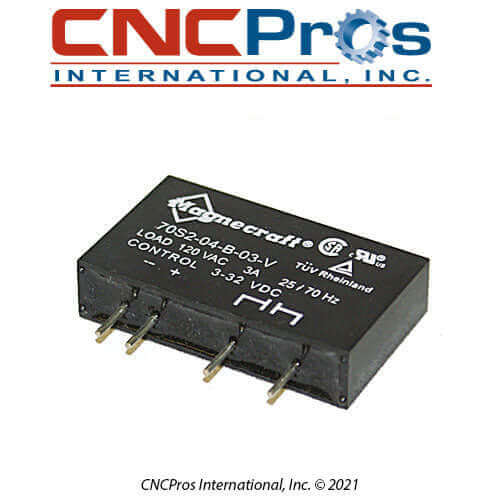
K20 can be a silent killer
Share
On your 1100-1 I/O board usually located in the side electrical cabinet, you will find a row of rectangular solid state relays with four legs that plug into the board. You can easily pull them out and replace them as necessary. K20 is of particular importance.
When your machine powers on after pressing the green "On" button at the rear cabinet, this enables your low voltage power supply which also has a rectangular solid state relay that operates this power supply. When you press the green button, it latches on the relay on the power supply board, your +5, 12 & -12 volts come alive. Then your electronics power up....except your amplifier chassis. The amp chassis only powers on when you press your JOG button. K20 energizes which allows K1 & K2 energize and sends 120 vac to your amp chassis solid state relays, which then allows the transformer input power to the bridge rectifiers and eventually voltage at the red and black wires on the amplifiers.
It is important that your control comes up before your amp chassis voltage. In a normal boot up sequence, you press the green button and your card rack boards all light up and your control comes to life. The amp chassis is still dead to the world and must be.
If for some reason, the amp chassis comes up at the same time as the control, your amplifiers will be in a perpetual fault condition. You will never be able to activate your amps to run your servo motors. So this is important. Two things can make this fault condition occur.
- K20 is shorted and allowing K1 & K2 to energize and send 120 vac to the amplifier chassis solid state relays, and then rectifies power such that the amps get full DC power to them as the control is booting up.
- If your solid state relays on the amplifier chassis are shorted and allowing voltage to get to the internal bridge rectifiers and providing full DC power to the amplifiers before the control boots up.
Both situations will cause an error on any axis the jog select switch is on. It will occur on all three axes and your controller cards will all be blinking normally so you would have no idea why you are getting all three axes faults.
Now you know!